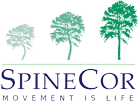Adult treatment
 |
 |
While in most cases of spinal deformity it is possible to correct or stabilize a patient's curvature before skeletal maturity is reached, the therapeutic goals of the SpineCor® treatment are very different for adults. Adults and seniors can expect the SpineCor® treatment to benefit them in three different ways by:
|
Neuromuscular integration: relief and prevention
As with childhood and adolescent treatment, the therapeutic approach of adult treatment using the SpineCor® brace is based on the application of Corrective Movement® to the spine via the brace’s elastic bands. By reinforcing the spinal column's supporting muscular structure, the brace reduces abnormal pressure on the joints, providing significant pain reduction. This re-education of muscle tissue also helps prevent compression of the vital organs, as well as degeneration of the spinal joints (osteoarthritis), the leading cause of joint instability.
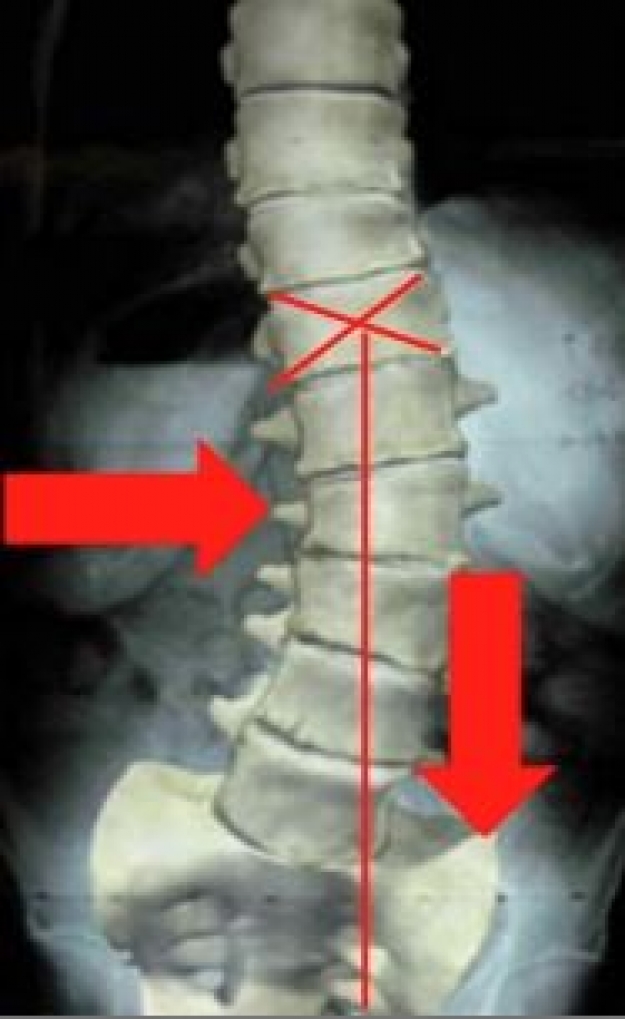 |
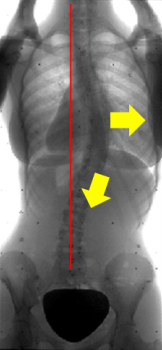 |
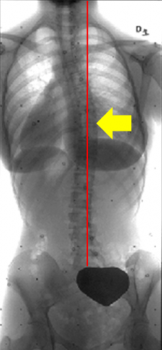 |
|
Illustration: Gravitational forces—the leading cause of scoliosis progression in adults—and their effect on a spine with an abnormal curve. The image on the right illustrates how, even without a brace, Corrective Movement® can reduce the scoliotic curve and counter the "lever-arm effect". |
||
Adult scoliosis treatment and results
Preliminary clinical trials on adults suffering from scoliosis have shown that wearing the SpineCor® brace improves overall posture and stops the curve's progression, thus resulting in significant pain relief.*
 The results of research conducted on a group of 30 patients aged between 18 and 69 demonstrate an average pain reduction of 77% (6). When the treatment started, average pain perception rated 5 on a scale of 10** and gradually diminished to 1/10 after 18–20 months of wearing the SpineCor® brace(6). These findings are corroborated by another study which puts pain reduction at 70% (13).
The results of research conducted on a group of 30 patients aged between 18 and 69 demonstrate an average pain reduction of 77% (6). When the treatment started, average pain perception rated 5 on a scale of 10** and gradually diminished to 1/10 after 18–20 months of wearing the SpineCor® brace(6). These findings are corroborated by another study which puts pain reduction at 70% (13).
These preliminary results are extremely encouraging, allowing us to conclude that SpineCor® treatment is a safe and effective front-line solution for treating adult scoliosis. A revolutionary treatment if there ever was one—nothing else compares to it—either in terms of methodology OR proven results!
Treatment of adult scoliosis has in fact traditionally often been unpleasant. Surgery entails risk of severe neurological complications and medication often causes unpleasant side effects that can be dangerous to long-term health. For these reasons, they should not be considered except as a last resort. And while other conventional treatments such as chiropractic, osteopathic and massage therapy, to name only a few, can offer patients relief, their effects are often limited or temporary.
Strong results and ease-of-use: the SpineCor® treatment gives new hope to adults suffering from spinal deformities.
* This cannot be considered as corrective treatment since spinal growth is complete.
** Where 1 represents the least pain and 10 represents the most.
When should the SpineCor® brace be recommended to adults?
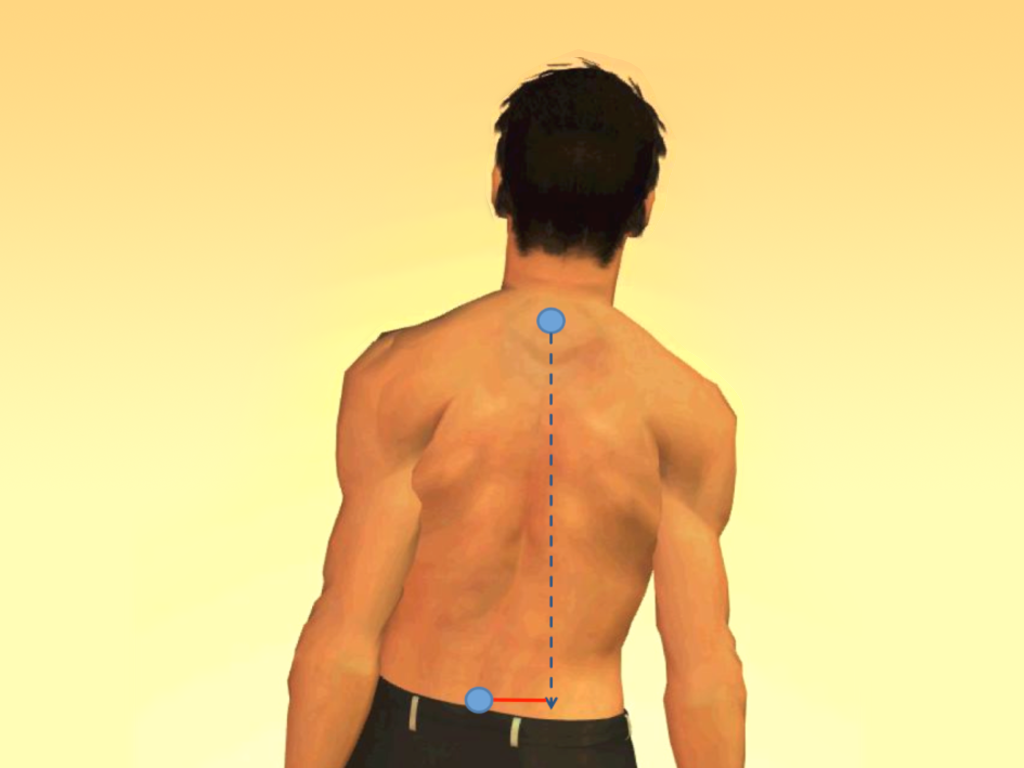 |
Scientific research shows that scoliosis tends to progress at a rate of 1 to 4° per year in adults with a Cobb angle of 30° and over. When scoliosis of such magnitude is diagnosed in an adult, the SpineCor® brace is recommended.
Not only will the support of the brace slow or even stop the scoliosis curve progression, the patient will also experience relief from pain associated with his or her condition and will benefit from improved overall posture, which is key to long-term health. |
|
Decreasing the lever-arm effect (red line) by using the SpineCor® brace can help alleviate pressure on spinal joints and prevent further weakening of the spinal structure, which can lead to compression of the vital organs. |
Case study
Adult patient with right lumbar scoliosis
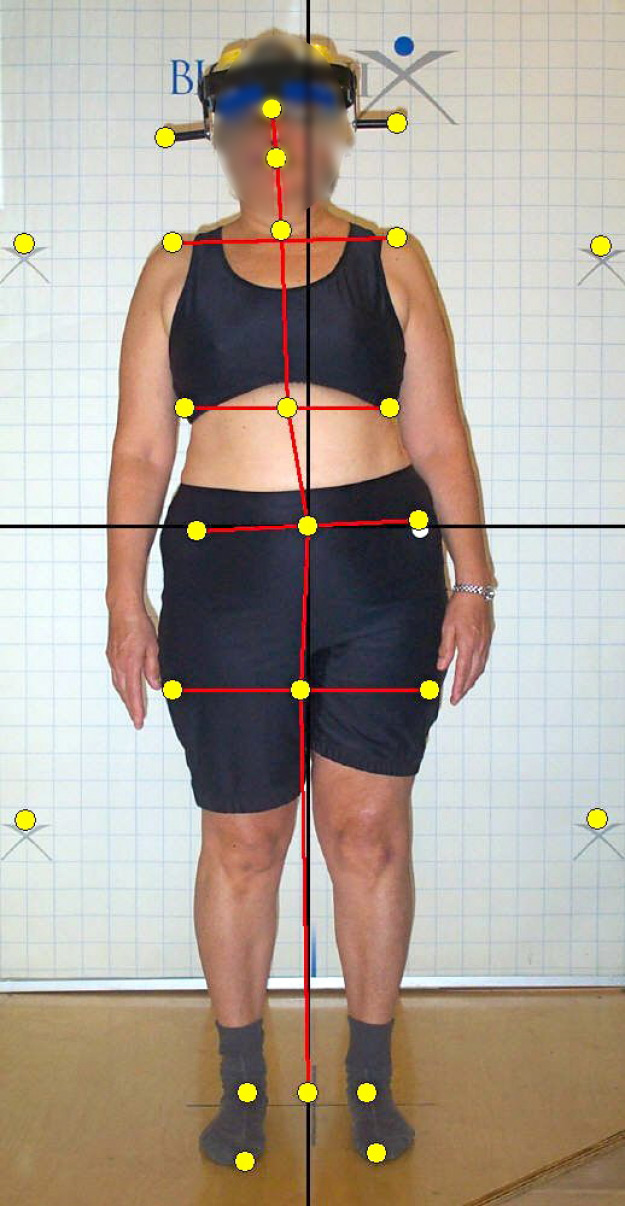 |
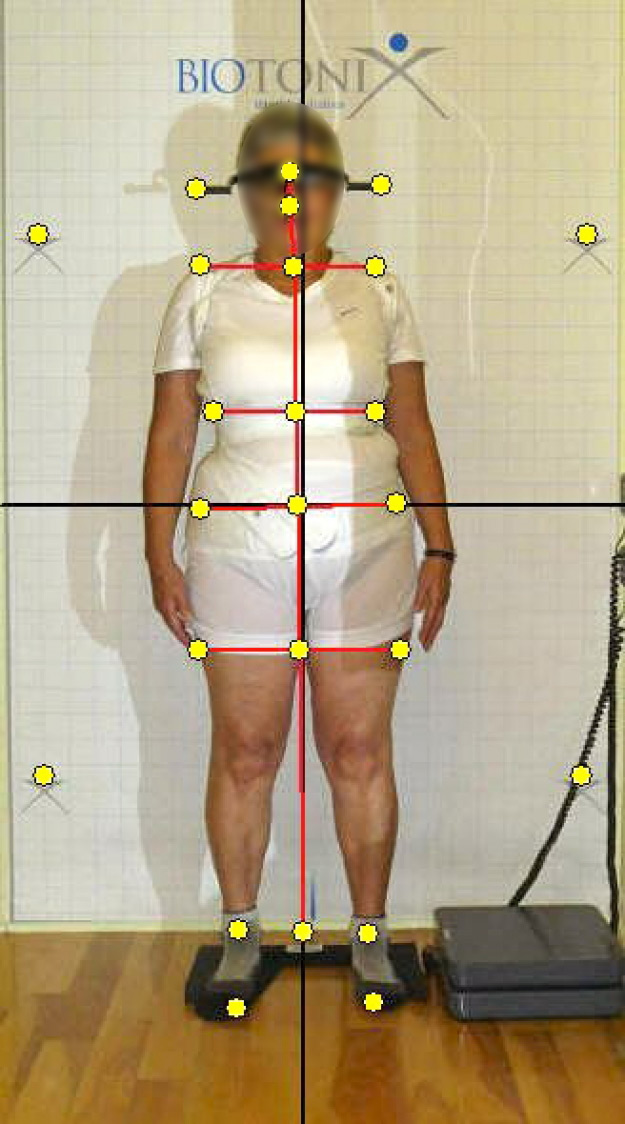 |
|
Frontal view without SpineCor® brace |
Frontal view with SpineCor® brace |
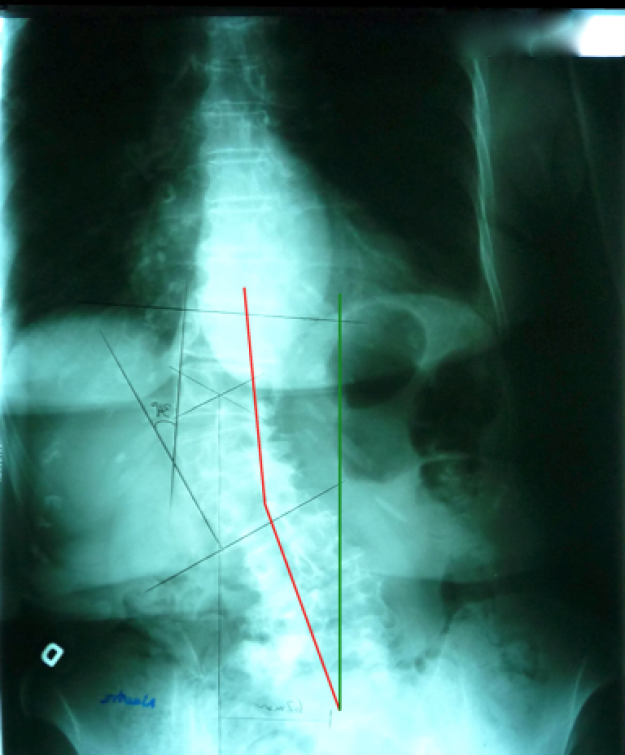 |
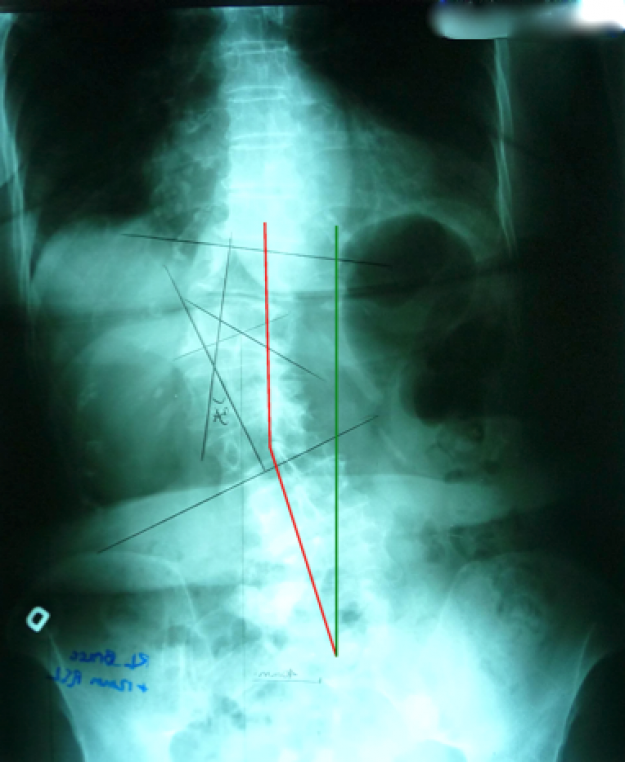 |
|
X-ray without SpineCor® brace |
X-ray with SpineCor® brace |
The images above show that wearing the brace produces immediate postural improvement through a slight repositioning of the spine.
Download the The SpineCor Pain Relief Back Brace brochure for adults
Treating kyphosis with the SpineCor® brace
Although the SpineCor® brace was originally developed to treat adolescent idiopathic scoliosis (AIS), because the corrective bands can be arranged in countless different ways it may be used to treat other spinal deformities. We have elaborated various setup methods to create curve-specific Corrective Movements® for each type of kyphosis outlined in our morphological classification of the disease. As with scoliosis, adults suffering from kyphosis can expect the SpineCor® treatment to benefit them by providing significant pain relief.
A preliminary 16-patient trial shows average pain reduction to be between 46 and 61% (9).
Case study
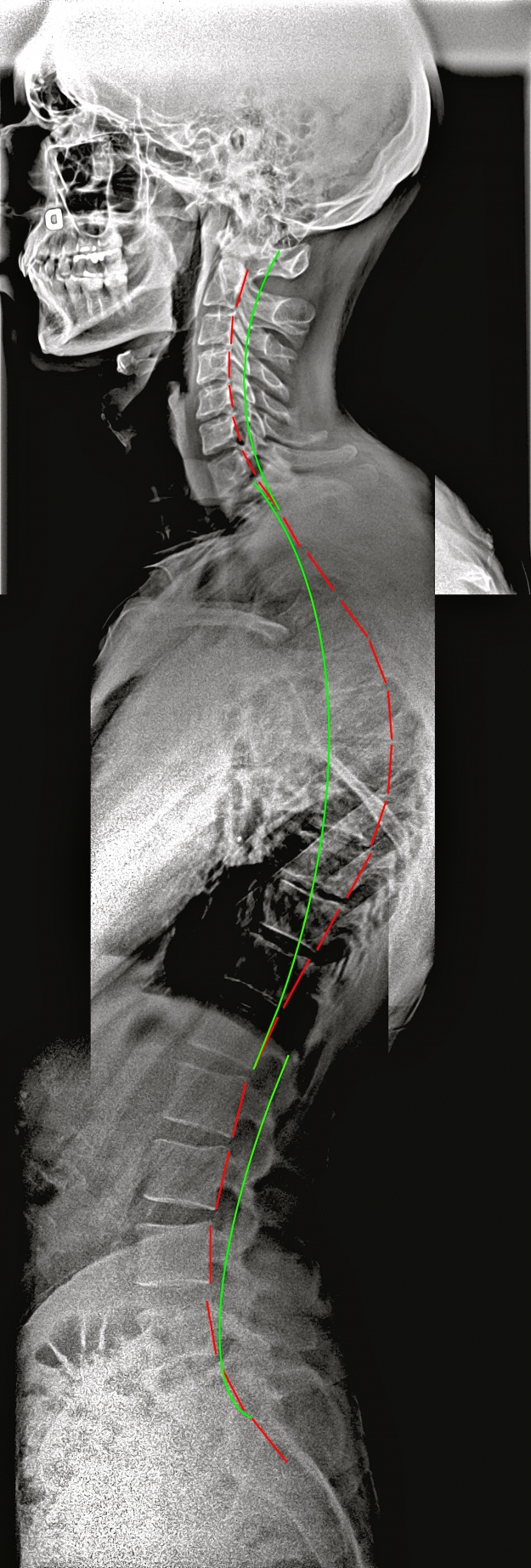 |
 |
Profile X-rays of a kyphotic patient. The green line represents the ideal spinal curve, the red line follows the patient's spine. In the second X-ray, where the patient is wearing the SpineCor® brace, a significant reduction of the abnormal curve can be observed.
Treating ligament instability
Spondylolisthesis is another example of a spinal deformity which can be treated using the SpineCor® brace to stabilize the spinal curve.
Lateral listhesis, often attributable to adult scoliosis, can also stand to gain from the SpineCor® brace’s stabilizing effect.
Treatment for vertebral instability using the The SpineCor® brace is based on the same principle as treatment for other adult spinal deformities. By reinforcing spine-supporting structures and improving postural balance, the Corrective Movement® produced by the elastic bands reduces the pressure on the spinal joints and muscle imbalance, two factors often responsible for back pain.
Case studies
The following case demonstrates how the dynamic support offered by the SpineCor® brace significantly improved a patient's posture and by the same token significantly relieved their pain. Leg pain 0/10, Back pain 2/10*.
76-year-old woman with spondylolisthesis. Lower back pain 8/10*, leg pain and muscle atrophy in the calves. (* On a scale from 1 to 10, Where 1 represents the least pain and 10 represents the most.)
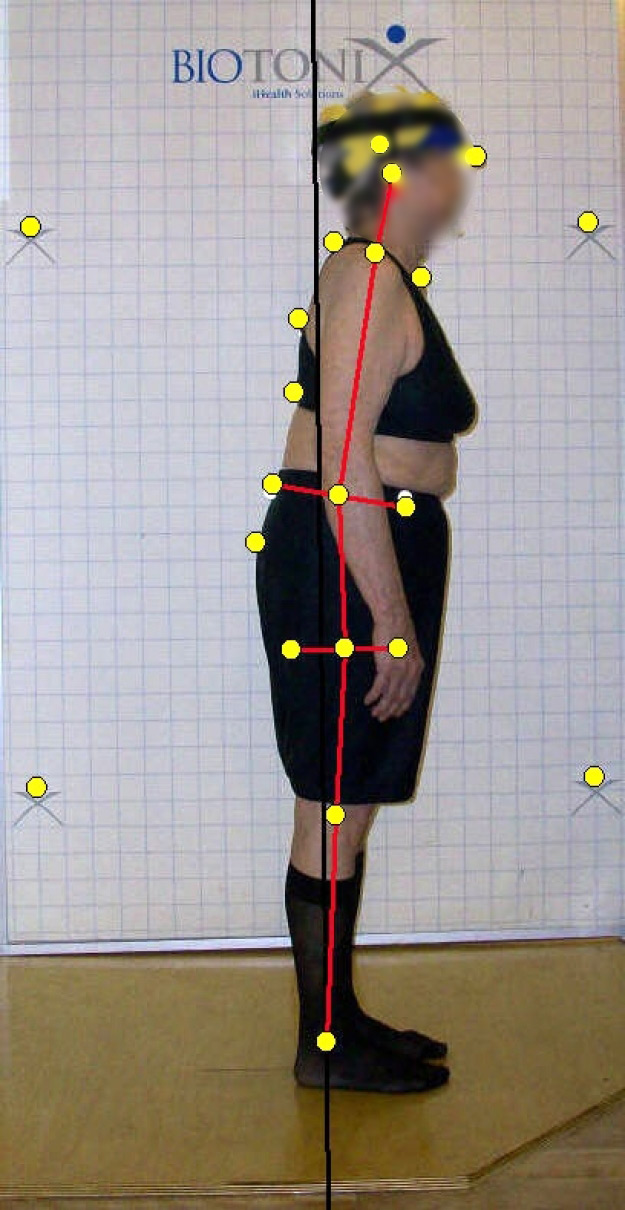 |
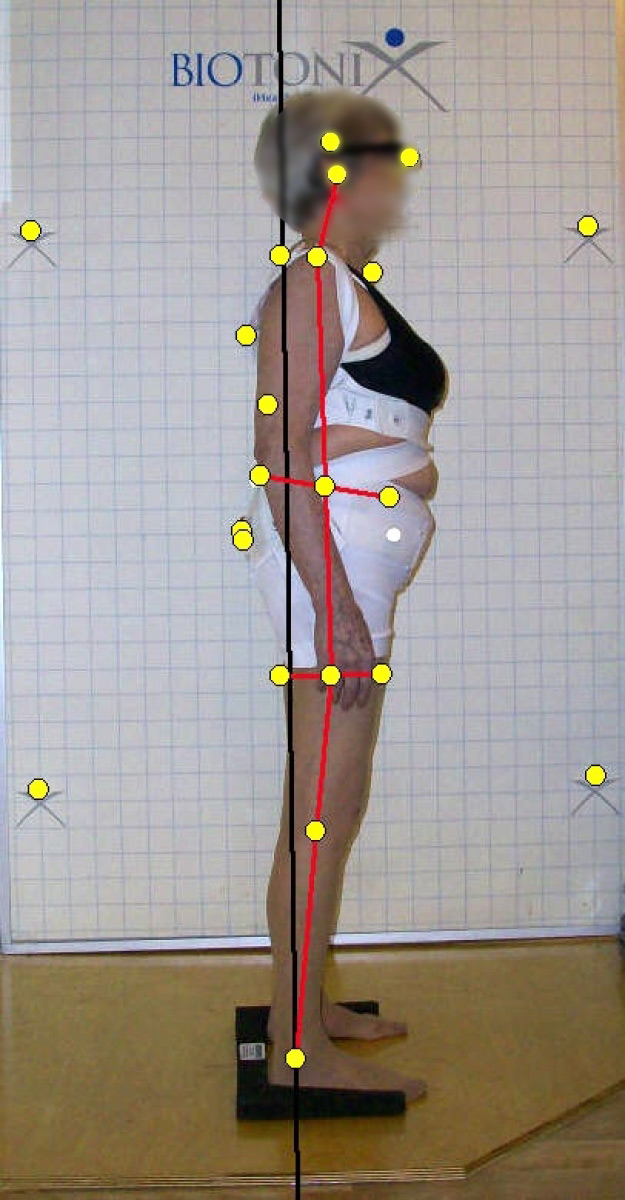 |
|
Side view without SpineCor® brace |
Side view with SpineCor® brace |
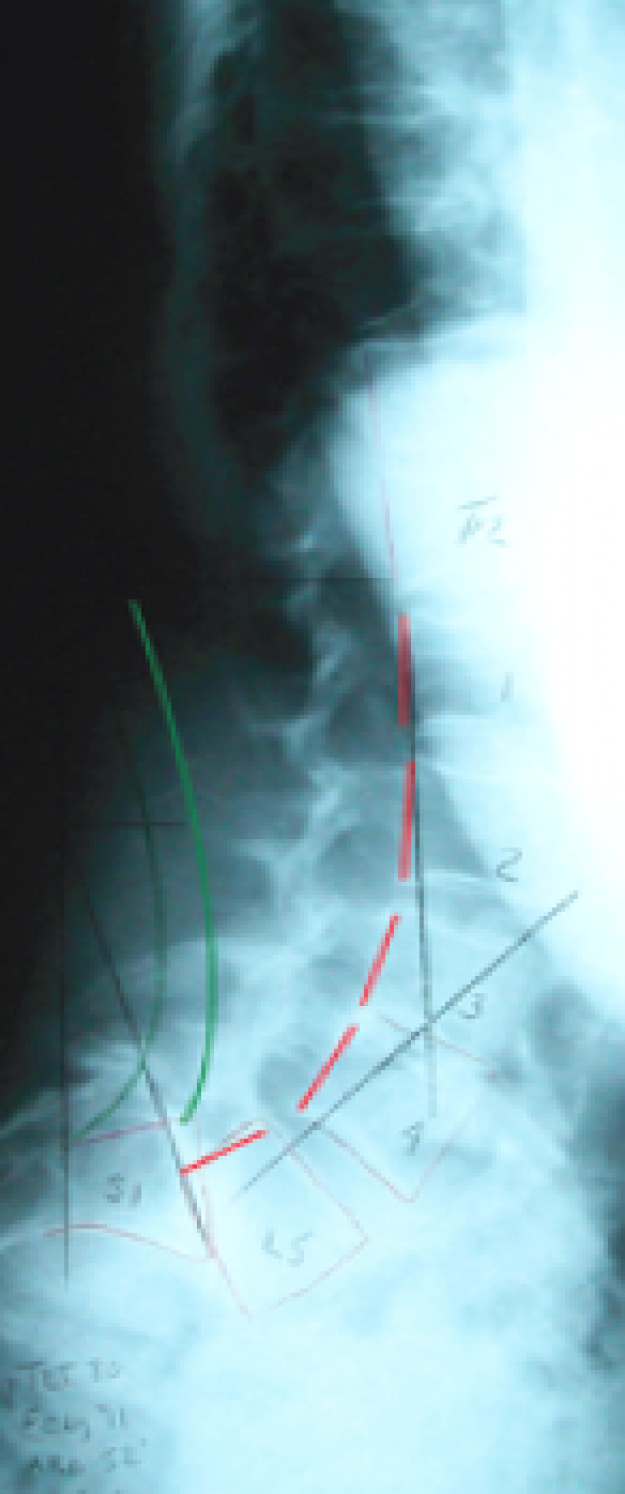 |
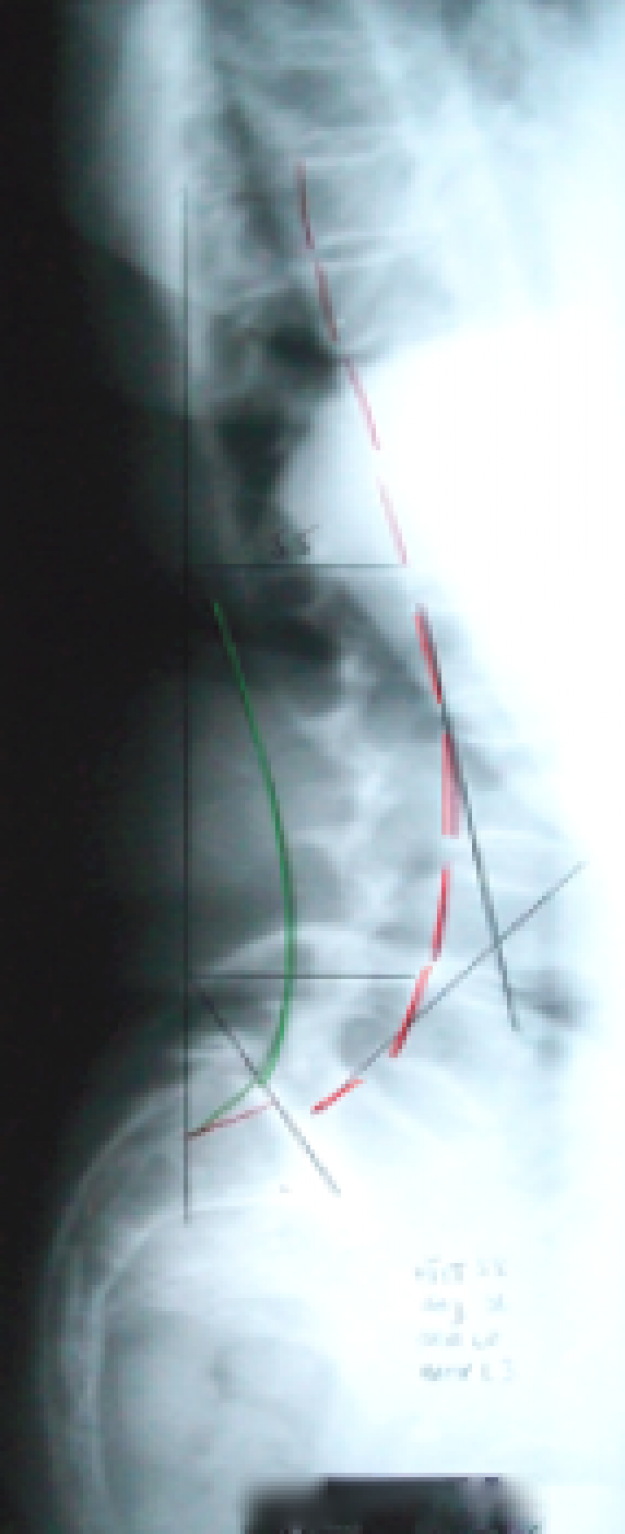 |
|
X-ray without SpineCor® brace (green line = ideal curvature; red line = abnormal curvature.) |
X-ray with SpineCor® brace |
In this case, the influence of gravity on the scoliosis has led to lateral listhesis. The second X-ray shows that the SpineCor® brace has decreased the lever-arm effect (see illustration above), thereby slowing the degenerative process.
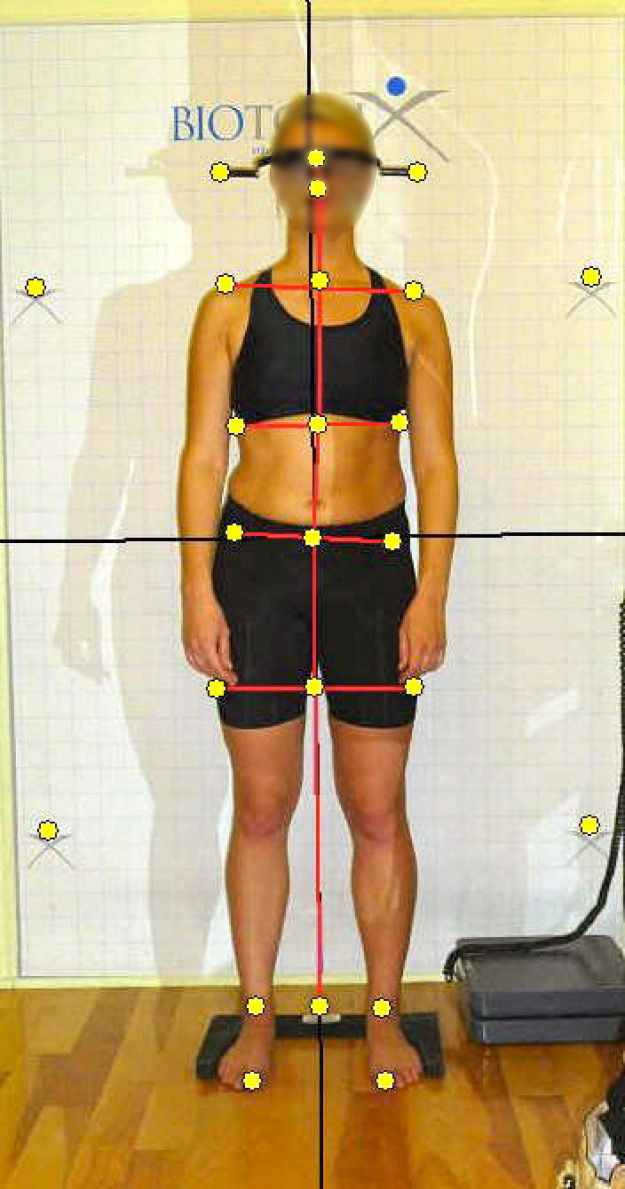 |
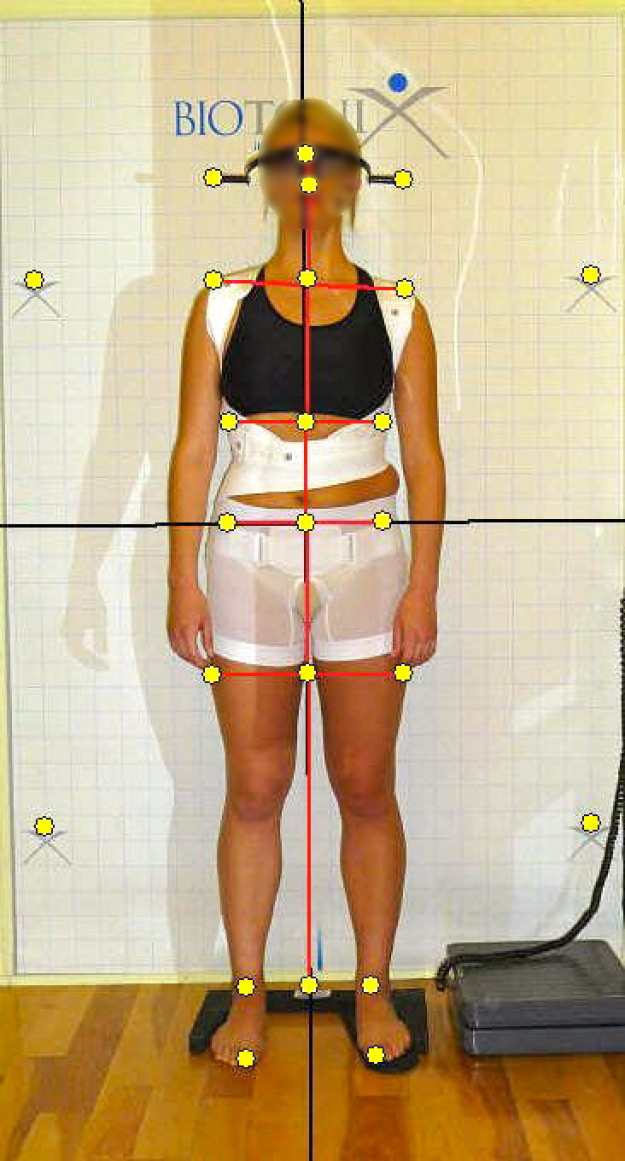 |
|
Frontal view without SpineCor® brace |
Frontal view with SpineCor® brace |
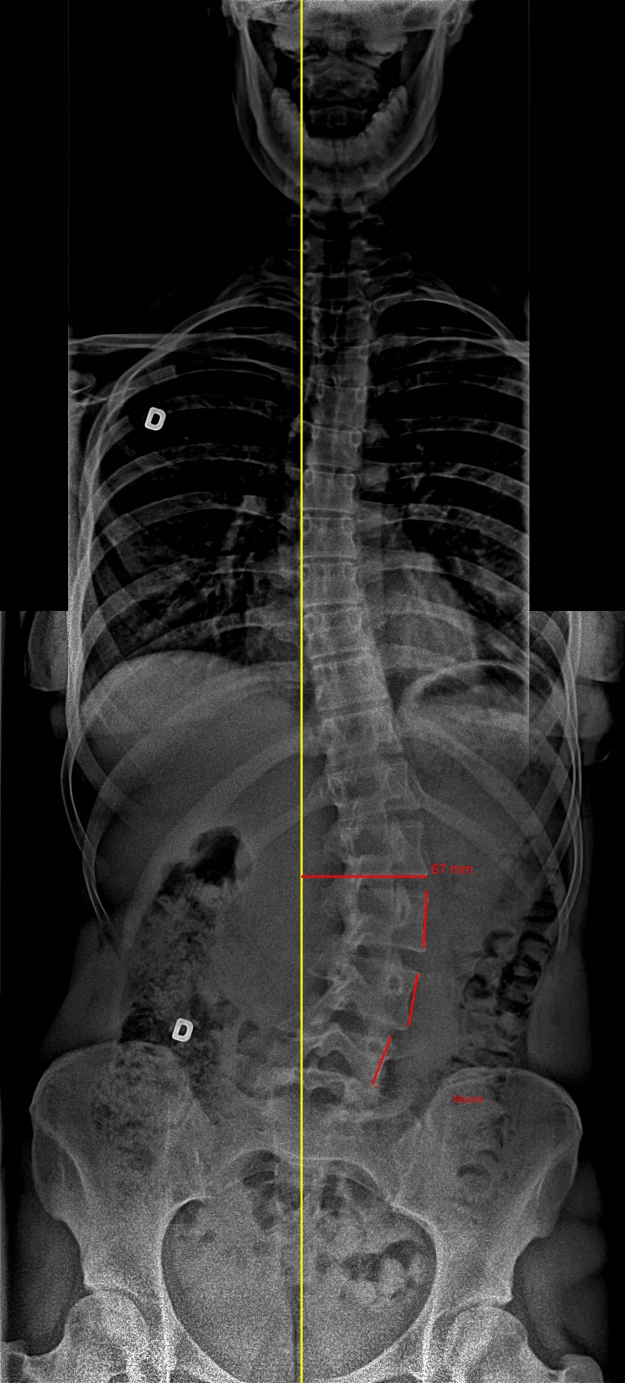 |
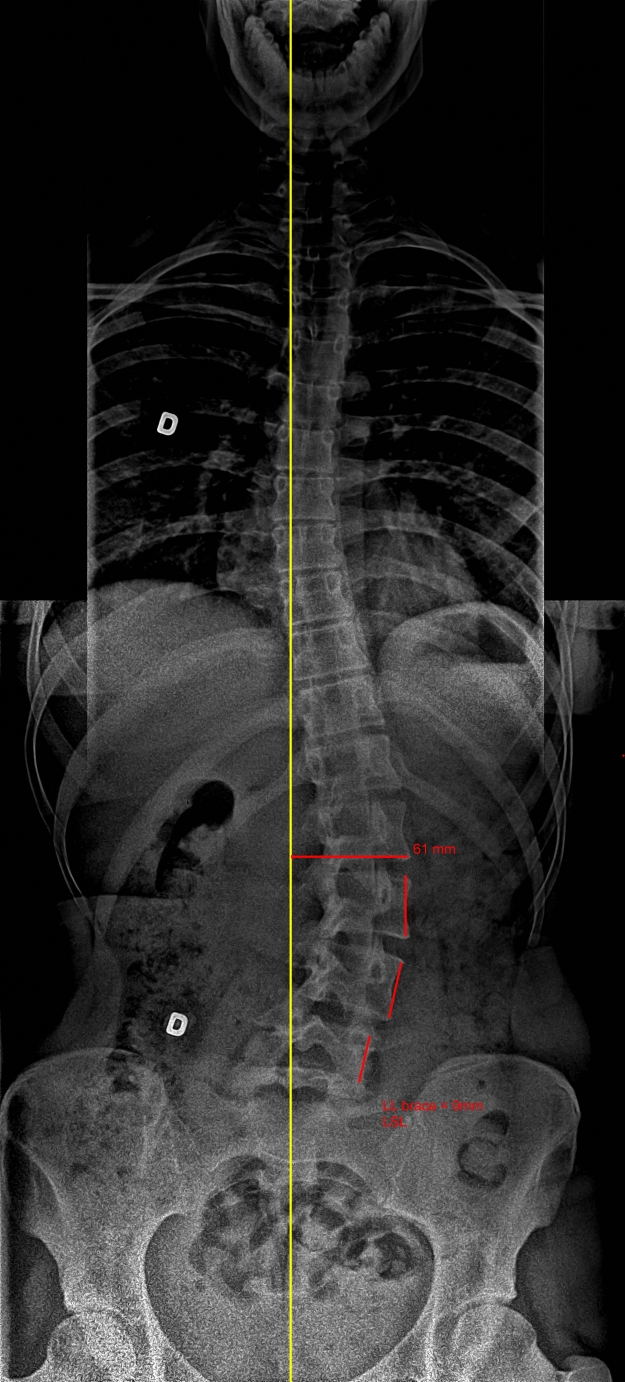 |
|
X-ray without SpineCor® brace |
X-ray with SpineCor® brace |
